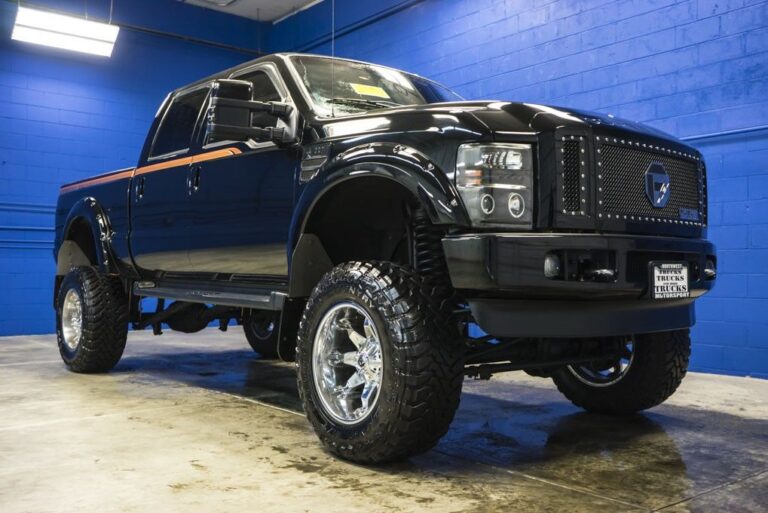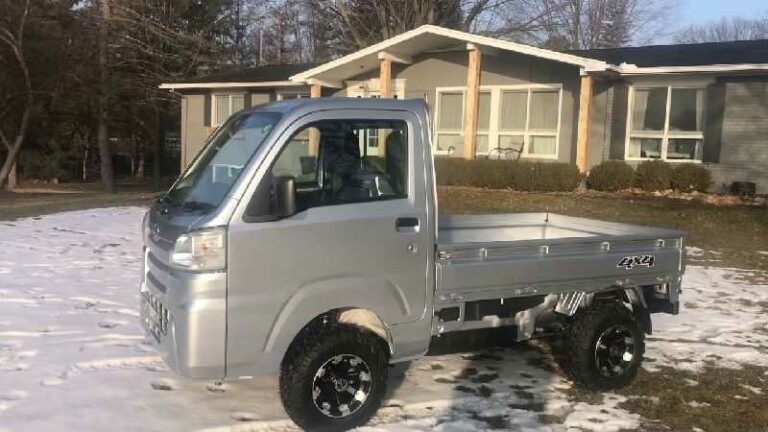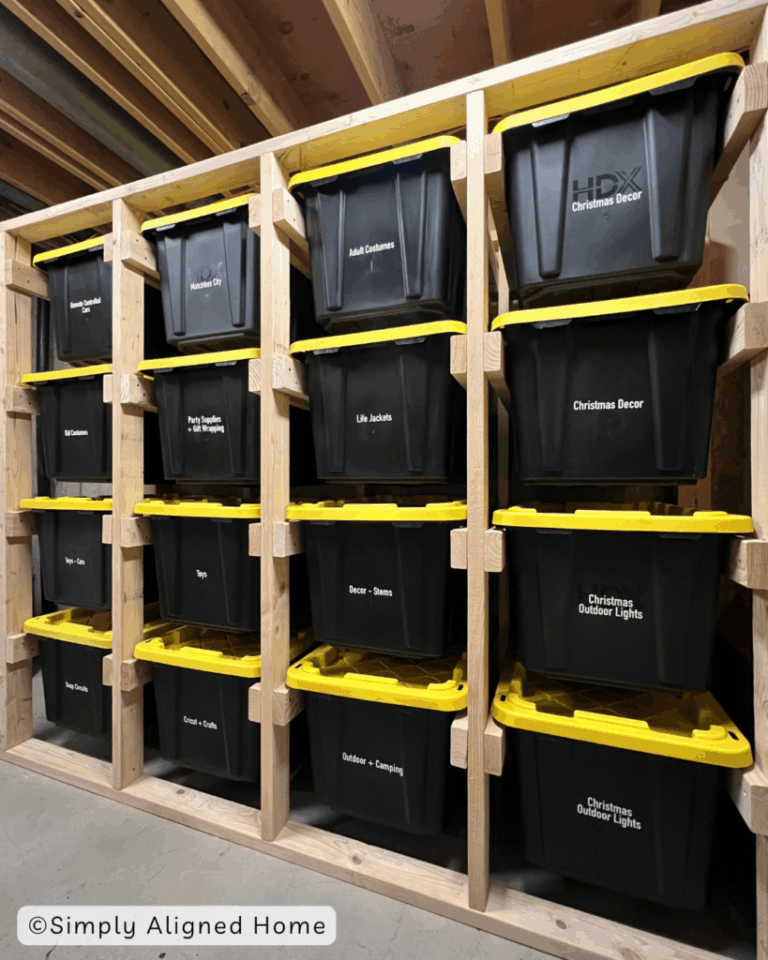The Perfect Fit: A Comprehensive Guide to the Size Of Truck Caps
The Perfect Fit: A Comprehensive Guide to the Size Of Truck Caps cars.truckstrend.com
For truck owners, a truck cap (also known as a topper or camper shell) is more than just an accessory; it’s a transformative addition that enhances utility, security, and the overall functionality of their vehicle. Whether you’re a contractor needing secure tool storage, an outdoor enthusiast seeking protected gear transport, or a camper looking for a portable shelter, a truck cap offers invaluable benefits. However, the true utility and satisfaction derived from a truck cap hinge entirely on one critical factor: its size. Choosing the correct size of truck cap isn’t just about aesthetics; it’s about ensuring a perfect, watertight seal, optimal security, and the seamless integration of the cap with your truck’s design and purpose. A cap that’s too small will leave gaps, compromising weather protection and security, while one that’s too large will look awkward, potentially interfere with vehicle operation, and may not even fit properly. This comprehensive guide will delve into every aspect of truck cap sizing, ensuring you have all the knowledge needed to make an informed decision.
The Perfect Fit: A Comprehensive Guide to the Size Of Truck Caps
Understanding Truck Bed Dimensions: The Foundation of Fit
Before you even begin to browse truck cap styles, you must understand the precise dimensions of your truck bed. Truck caps are custom-fitted accessories, designed to match specific truck models, years, and bed lengths. There’s no "one-size-fits-all" solution. The critical dimensions you need to consider are:
- Truck Bed Length: This is the primary measurement. Truck beds come in standard lengths, commonly referred to as "short bed," "standard bed," and "long bed." While the exact measurement can vary slightly by manufacturer, typical lengths include 5.5 feet (e.g., many crew cabs), 6.5 feet (a common extended cab or regular cab length), and 8 feet (often found on regular cab or heavy-duty trucks). You’ll need to measure the inside length of your truck bed, from the bulkhead (the front wall of the bed, nearest the cab) to the inside of the tailgate when it’s closed.
- Truck Bed Width: The width of the truck bed is also crucial. This measurement should be taken from the inside of one bed rail to the inside of the opposite bed rail. It’s often advisable to take this measurement at a few points along the bed (front, middle, rear) to account for any slight tapering or variations, using the narrowest point for accuracy.
- Cab Height: This dimension determines how high the truck cap will sit relative to your truck’s cab. Matching the cap’s height to the cab’s height ensures an integrated, aesthetically pleasing look and often better aerodynamics. Some caps are designed to be flush with the cab, while others are intentionally taller to provide more interior volume.
How to Measure Your Truck Bed Accurately: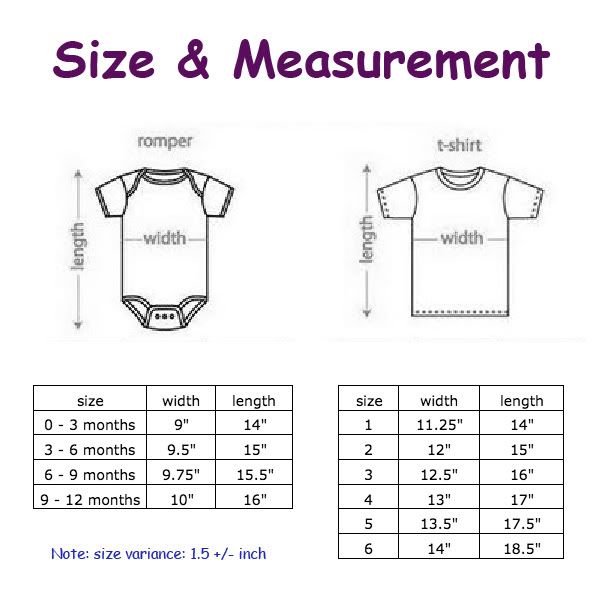
To get the most precise measurements, park your truck on a level surface and clear any obstructions from the bed. Use a sturdy tape measure.
- Length: Place the end of the tape measure firmly against the inside of the front bulkhead (against the cab) and extend it straight back to the inside of the closed tailgate. Record this measurement in feet and inches.
- Width: Measure from the inside of the left bed rail to the inside of the right bed rail. Take this measurement at the front, middle, and rear of the bed. Note any significant differences.
- Cab Height (for reference): Measure from the top surface of your truck’s bed rail straight up to the highest point of your truck’s cab. This helps in visualizing how different cap heights will look.
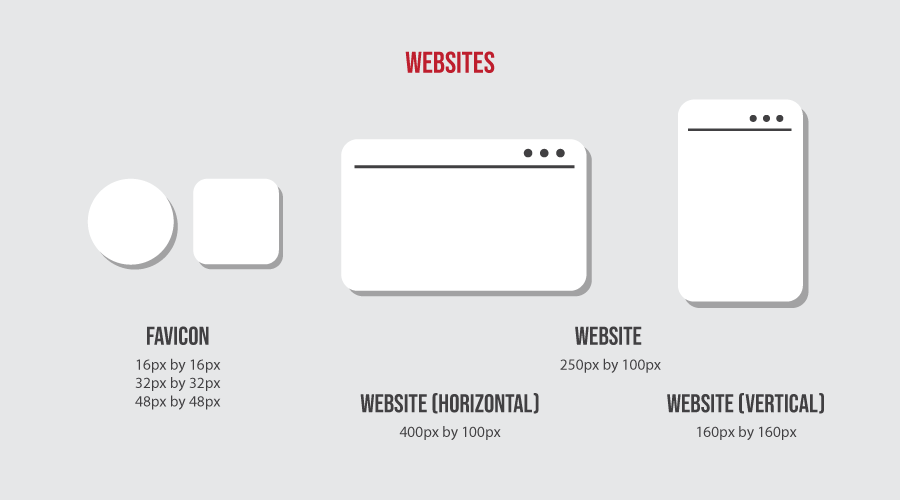
It’s paramount to know your truck’s year, make, and model, in addition to these measurements. Truck manufacturers often make subtle changes to bed dimensions and rail designs between model years, even for the same bed length. Providing this information to a cap dealer is often more critical than your raw measurements, as they have access to manufacturer-specific fitment guides.
Types of Truck Caps and Their Sizing Implications
The "size" of a truck cap isn’t just about how it fits the bed; it also refers to its internal volume and how high it rises above the bed rails. Different cap types are designed for various purposes, and understanding their height implications is key to choosing the right one.
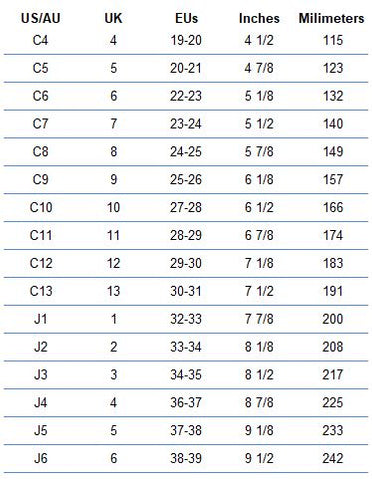
- Cab-High Caps: These are the most common and often the most aesthetically integrated caps. Their design matches the height of your truck’s cab, creating a streamlined, almost factory-installed look.
- Sizing Implication: Primarily focused on matching the bed length and width precisely.
- Benefits: Excellent aerodynamics, sleek appearance, maintains a lower profile for garage clearance. Ideal for general use, protecting cargo, and light recreational activities.
- Mid-Rise Caps: Rising slightly above the truck’s cab (typically 3-6 inches higher), mid-rise caps offer a compromise between aesthetics and increased cargo volume.
- Sizing Implication: Still requires precise bed length and width matching, but the added height provides significantly more cubic feet of storage space.
- Benefits: Increased interior volume for taller items (e.g., coolers, camping gear, larger tools) without being overly bulky. Good balance for those who need more space than a cab-high but don’t want a high-rise.
- High-Rise/Commercial Caps: These caps extend significantly above the truck’s cab, maximizing interior cargo space. They are often characterized by their utilitarian design, sometimes featuring side access doors or toolboxes.
- Sizing Implication: While bed length and width are still crucial, the primary "size" factor here is the vertical space offered.
- Benefits: Maximum cargo capacity, ideal for contractors, landscapers, campers, or anyone transporting bulky equipment. Less aerodynamic, but unbeatable for sheer volume.
- Wedge/Slanted Caps: These caps start cab-high at the front and gradually rise towards the rear, creating a sloped, aerodynamic profile.
- Sizing Implication: Combines some of the benefits of cab-high and mid-rise, offering more volume at the rear while maintaining a lower front profile.
- Benefits: Unique aesthetic, good for carrying longer items that need more height towards the back, and improved aerodynamics compared to full high-rise caps.
Beyond height and bed fit, the material also plays a role in "size" in terms of weight and durability. Fiberglass caps are popular for their smooth finish and paint-matching capabilities, while aluminum caps are often lighter, more durable, and typically chosen for commercial or heavy-duty use.
The Measurement Process: A Step-by-Step Guide
Accurate measurement is the cornerstone of choosing the right truck cap size. Here’s a detailed guide to ensure you get it right:
Tools Needed:
- A long, rigid tape measure (preferably a steel tape measure for accuracy)
- Pen and paper
- Your truck’s owner’s manual (optional, but helpful for factory bed specs)
Steps for Measuring:
- Prepare Your Truck: Park your truck on a flat, level surface. Ensure the truck bed is empty and clean. If you have a bed liner, decide if you want the cap to fit over it or if you plan to remove it. Some bed liners can slightly alter internal dimensions.
- Measure Bed Length:
- Close your tailgate.
- Place the end of your tape measure firmly against the inside front wall of the truck bed (the bulkhead, closest to the cab).
- Extend the tape measure straight back to the inside surface of your closed tailgate.
- Record this measurement carefully in feet and inches (e.g., 6 feet 5 inches). This is your bed length.
- Measure Bed Width:
- Measure from the inside edge of one bed rail to the inside edge of the opposite bed rail.
- Take this measurement at three points: near the cab, in the middle of the bed, and near the tailgate.
- If there are slight variations, note them. Most truck beds have a consistent width, but some might taper slightly. The cap needs to fit the narrowest point.
- Record these measurements.
- Measure Cab Height (for reference and cap style selection):
- Place the end of your tape measure on the top surface of your truck’s bed rail, directly above the cab.
- Extend the tape measure straight up to the highest point of your truck’s cab (usually the roof, but sometimes the highest point of a roof rack or antenna).
- Record this measurement. This will help you visualize if a cab-high, mid-rise, or high-rise cap will look proportionate and fit your needs.
- Identify Your Truck’s Specifics:
- Year: Crucial for model-specific variations.
- Make: (e.g., Ford, Chevrolet, Toyota)
- Model: (e.g., F-150, Silverado 1500, Tacoma)
- Cab Style: (e.g., Regular Cab, Extended Cab, Crew Cab) – This often dictates the standard bed length.
- Bed Length: Confirm the manufacturer’s stated bed length (e.g., 5.5 ft, 6.5 ft, 8.0 ft) in addition to your measured length. This is what dealers will typically ask for.
Important Considerations During Measurement:
- Bed Liners: If you have an over-the-rail bed liner, it can add thickness to the bed rails, potentially affecting the cap’s fit. Inform your dealer if you have one.
- Toolboxes/Accessories: Ensure any existing toolboxes or accessories in your bed won’t interfere with the cap’s installation or functionality.
- Double-Check: Always measure twice to ensure accuracy. Even a small error can lead to a cap that doesn’t fit correctly.
Factors Influencing Your Cap Size Choice
Beyond the basic measurements, several practical factors should influence your decision on the ideal truck cap size and style.
- Primary Use: What will you primarily use the truck cap for?
- General Cargo Protection/Security: A cab-high cap is often sufficient.
- Camping/Overlanding: A mid-rise or high-rise provides more headroom for sleeping or moving around inside.
- Work/Tools: A high-rise or commercial cap with side access and internal shelving maximizes utility.
- Transporting Specific Items: If you frequently haul tall items (e.g., bicycles, furniture, appliances), measure their height to ensure they’ll fit under your chosen cap.
- Vehicle Aesthetics: Do you prefer a sleek, integrated look, or is maximum utility your priority? Cab-high caps offer the most streamlined appearance, while high-rise caps prioritize function over form. Consider how the cap will look with the overall lines of your truck.
- Garage/Clearance Issues: This is a crucial practical consideration. A high-rise cap might prevent your truck from fitting into your garage, a parking structure, or even drive-thrus. Measure the height of your garage door opening or other common clearance points after considering the added height of the cap. Don’t forget any roof racks or accessories you plan to add to the cap.
- Budget: Generally, larger caps (high-rise) and those with more features (e.g., custom windows, internal lighting, carpeted headliners, power locks) will be more expensive. Aluminum caps are often more budget-friendly than fiberglass, but this can vary.
- Weight & Payload Capacity: While truck caps are designed to be relatively lightweight, they do add weight to your vehicle. Ensure the combined weight of the cap and your typical cargo does not exceed your truck’s payload capacity. This is especially important for heavy-duty commercial caps.
- Resale Value: A common size and popular style (like a cab-high or mid-rise for a standard bed length) might be easier to sell if you ever decide to upgrade your truck or cap. Custom or highly specialized caps may have a smaller resale market.
Potential Challenges and Solutions
Even with careful planning, some challenges can arise when choosing or installing a truck cap.
- Mis-measurement: The most common challenge. If your measurements are off, the cap won’t fit properly, leading to gaps, leaks, and an insecure fit.
- Solution: Always double-check your measurements. If unsure, visit a reputable truck cap dealer. They often have sophisticated measurement tools or access to databases that provide precise dimensions for your specific truck. Many dealers will also handle the measuring process themselves to guarantee a fit.
- Unusual Bed Designs: Some newer truck models or older, less common trucks might have unique bed shapes, rail designs, or integrated features that make standard cap fitting difficult.
- Solution: Consult directly with the truck cap manufacturer or a specialized dealer. They may offer custom-fit solutions or specific models designed for these unique beds.
- Compatibility with Existing Accessories: If you have existing bed liners, bed extenders, or other accessories, ensure they won’t interfere with the cap’s installation or operation.
- Solution: Discuss all your existing accessories with the cap dealer. They can advise on compatibility or suggest modifications.
- Installation Challenges: Even a perfectly sized cap needs proper installation to be secure and watertight. Improper installation can lead to leaks, cap shifting, or damage to your truck bed.
- Solution: While some DIY installation is possible, professional installation is highly recommended. Installers have the right tools, knowledge of sealing techniques, and experience to ensure a perfect, secure, and watertight fit. They can also connect any electrical components (interior lights, third brake light).
- Warranty Issues: An ill-fitting cap due to incorrect sizing or improper installation might void warranties from either the cap manufacturer or your truck’s manufacturer.
- Solution: Always buy from reputable dealers and consider professional installation to ensure your warranty remains valid.
Truck Cap Price Table: A Guide to Investment
The price of a truck cap can vary significantly based on material, type (height), bed length, and the inclusion of optional features. The table below provides estimated price ranges for the cap itself, excluding installation and highly customized options, which can add hundreds or even thousands to the total cost.
| Cap Type/Material | Bed Length (Approx.) | Price Range (USD, Cap Only) | Notes |
|---|

